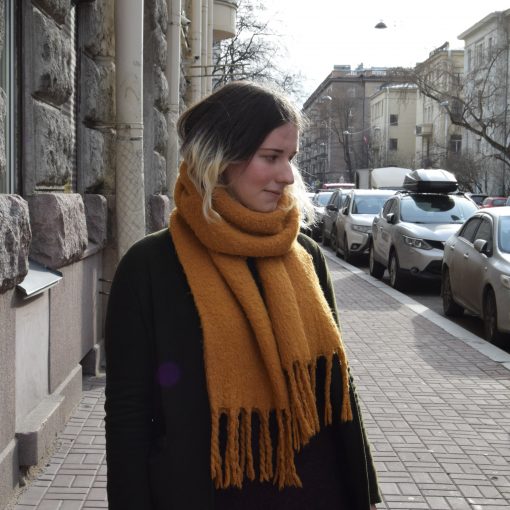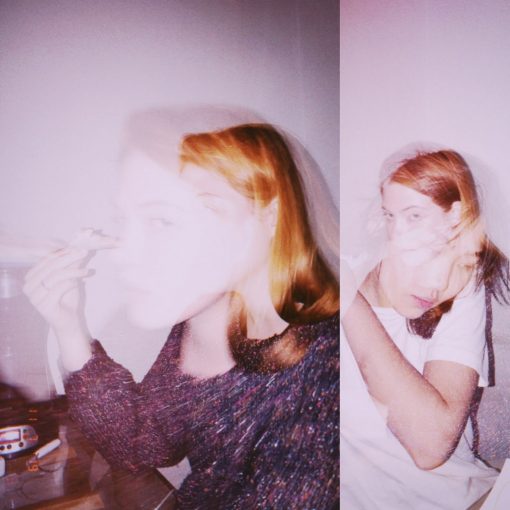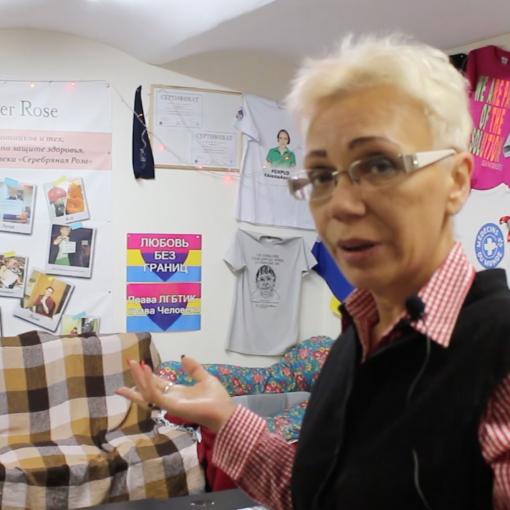Sibone Olmstead is a 20 year old artist, student and west side resident. While some say youth trumps experience or vice versa, Sibone comes equipped with a good deal of both. Sibone, enjoys exploring her community with friends. As she meets others she learns their stories and sometimes shares them on her instagram.
“What makes the West Side distinct is the blend of people that end up here, really. So, like your neighbor is not someone who looks like you or is from where you are, and I feel like that is what’s different about the West Side. Probably just like the people and the community that we have.”
Sibone’s relationship with her father seems to be a large part of her love for the community. This connection to your community has always been important to Sibone and her family. Even amidst changes, the spirit of diversity and resilience is still present. “My dad, he does impromptu DJ sets in front of the corner store, or in the parking lot, and I feel like a lot of people in the community- it’s like a silent protest, because I feel like those who come and stop by to listen to the music, it just reminds them of how it used to be, and then they’re just there for a moment, but they feel like this is part of them in a sense, having those neighborhood get-togethers and stuff like that.”
The changing force Sibone is feeling is most likely gentrification. Community displacement is a growing issue in the United States and it is commonly the result of gentrification. Gentrification is the reinvestment in a community with the goal to raise property values and an increase in amenities available in the area.
A 2018 study by NCRC found that three out of four neighborhoods marked “hazardous” by HOLC surveyors in the 1930s are still struggling economically, with lower incomes and higher proportions of minority residents. What this means is communities that have struggled historically have been for lack of better words, left out to dry. Gentrification is an issue that is typically triggered via a certain set of circumstances. When a neighborhood has been left without specific assistance and aid, and it is still considered ‘hazardous’ Gentrification becomes seemingly inevitable.
In the face of this, Sibone is looking outward to her community and inward as well, “I want there to be more of a voice for the West Side. I feel like there really isn’t one, now that you’re asking me these questions. We all love the West Side, but we don’t really speak up for it. Or maybe I just haven’t been in a place to express my opinions, and I haven’t seen people really taking a step to talking about preservation of the West Side, and stuff like that. I feel like there needs to be more of a community effort.”
Alain Pierre-Lys, Lauren Cox, and Alliyah Dookie




